|
Good news! According to yesterday's Boston Globe, the two year drought is over for us thanks to a cool and wet spring. See the article here.
0 Comments
Spring is a busy time of year at plant nurseries. Ideal planting times are dependent upon the weather but in general the spring planting season is considered April through June and fall planting is considered to be August to October. Plants need to be inspected for pests, injuries, deformations and overall health/vigor.
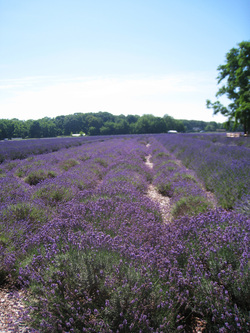 English lavender is blooming early this year. If you don’t have your own plants to enjoy, I suggest a visit to Lavender By The Bay in East Marion, New York- on the north fork of rural Long Island. Too far or out of the way? Visit any of the dozens of farms located across the country- see link below. http://www.lavenderbythebay.com/ http://everything-lavender.com/lavender-farms.htm Most agree that planting in the spring or fall is acceptable. It's true for perennials and bulbs, but not always the case with shrubs and trees. Fall planting is generally considered to begin in mid-August and extend through mid October depending upon the current climatic conditions, namely soil temperature.
Although not an exact science literature states that particular shrubs and trees struggle with fall digging and planting. Literature put out by the American Association of Nurserymen (AAN), University of Massachusetts Extension (UMass Extension), Horticulture Magazine and even some nurseries list problematic species in various ways. The AAN lists many favorites like Acer rubrum/Red Maple, all Betula/Birch, Platanus acerifolia/London Planetree, all Pyrus/Pears, all Quercus/Oaks, all Zelkova/Zelkova among a handful of others. A 2001 printing of UMass Extension's “Hort Notes” categorizes the species in terms of “successfully established in the fall” and “difficult to establish in the fall”. A September 1987 article in Horticulture Magazine groups plants according to their “significant risk of loss”, “some degree of risk”, and “not at great risk”. Although the resources are more or less comprehensive, many of the same plants appear in each. It is prudent to take note and to plan accordingly. In conclusion, if planting in the fall cannot be avoided care must be taken to monitor plants carefully and regularly, water thoroughly and frequently and allow sufficient time (6-8 weeks) for root systems to establish prior to the first frost. Then cross your fingers and hope for good weather! March brings the promise of spring; longer days, the sing song fluctuations of temperatures, wind, rain, the slow transformation from brown and gray to green. Wind and stretched-out shadows from a setting sun signify a shift in seasons. Welcome spring!
|
Archives
September 2023
CateInspiration comes from the world around us; color, texture, pattern- all components of the ever changing landscape. The camera captures these moments for further reflection. This blog will feature monthly musings centered on the landscape. Categories
All
|
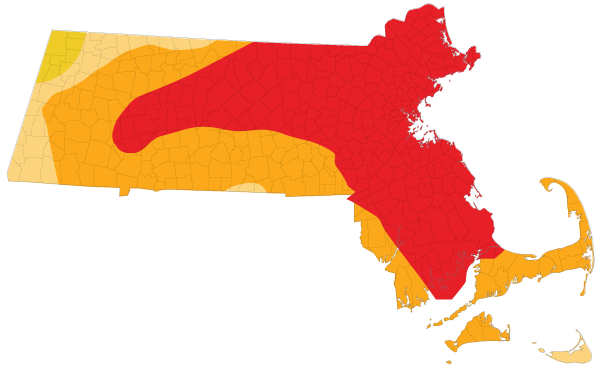
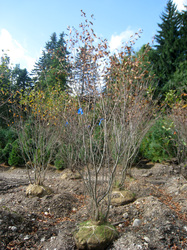
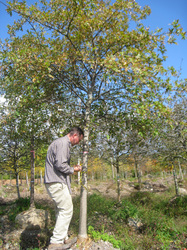
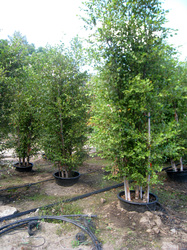
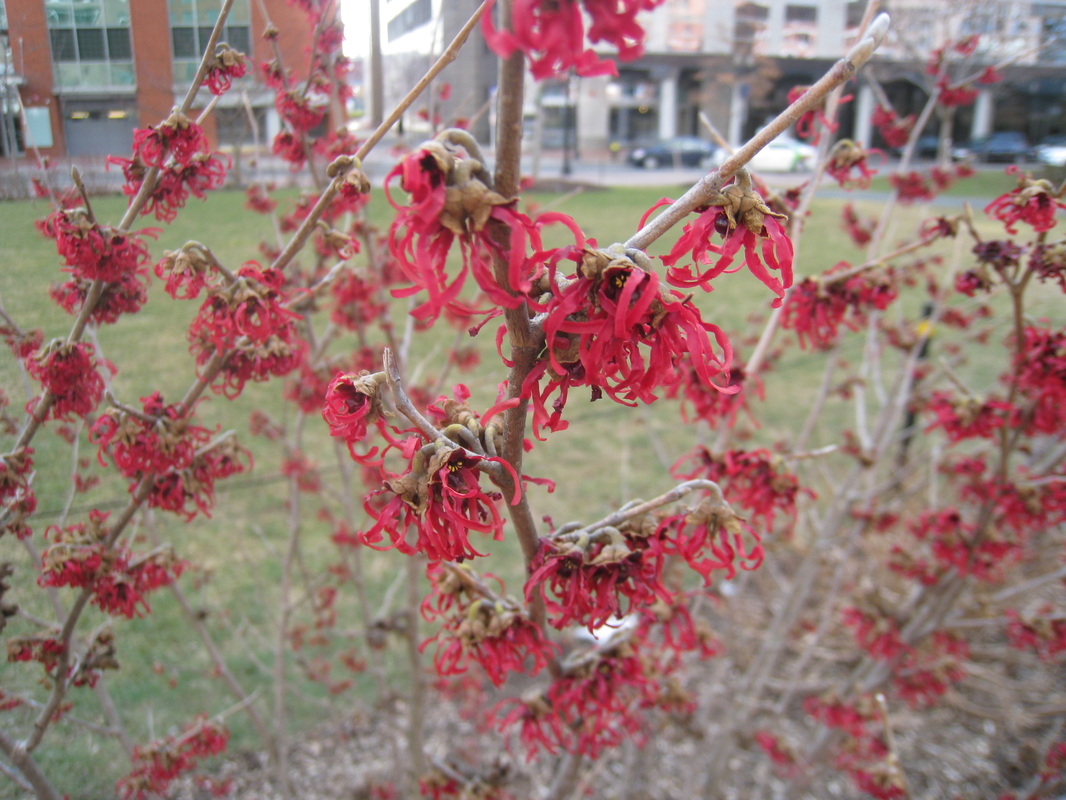
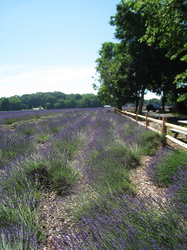
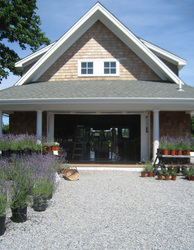
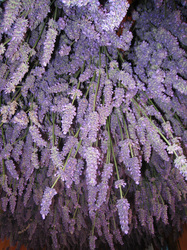
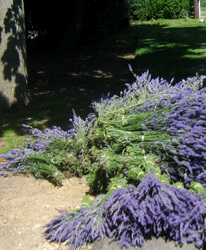
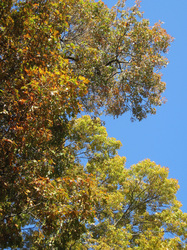
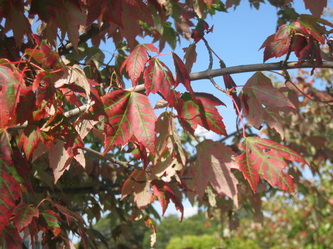
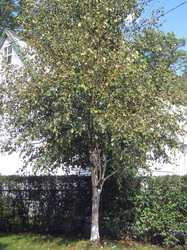
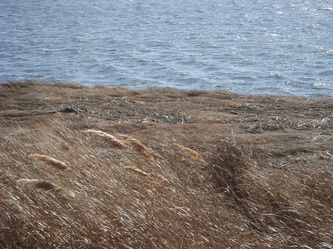
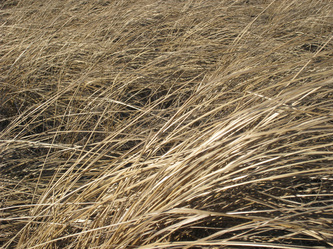
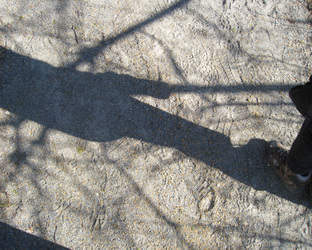

 RSS Feed
RSS Feed